Hiking the Himalayas – in high style
With your head in the clouds and the world at your feet, you'll see life afresh from the top of the world
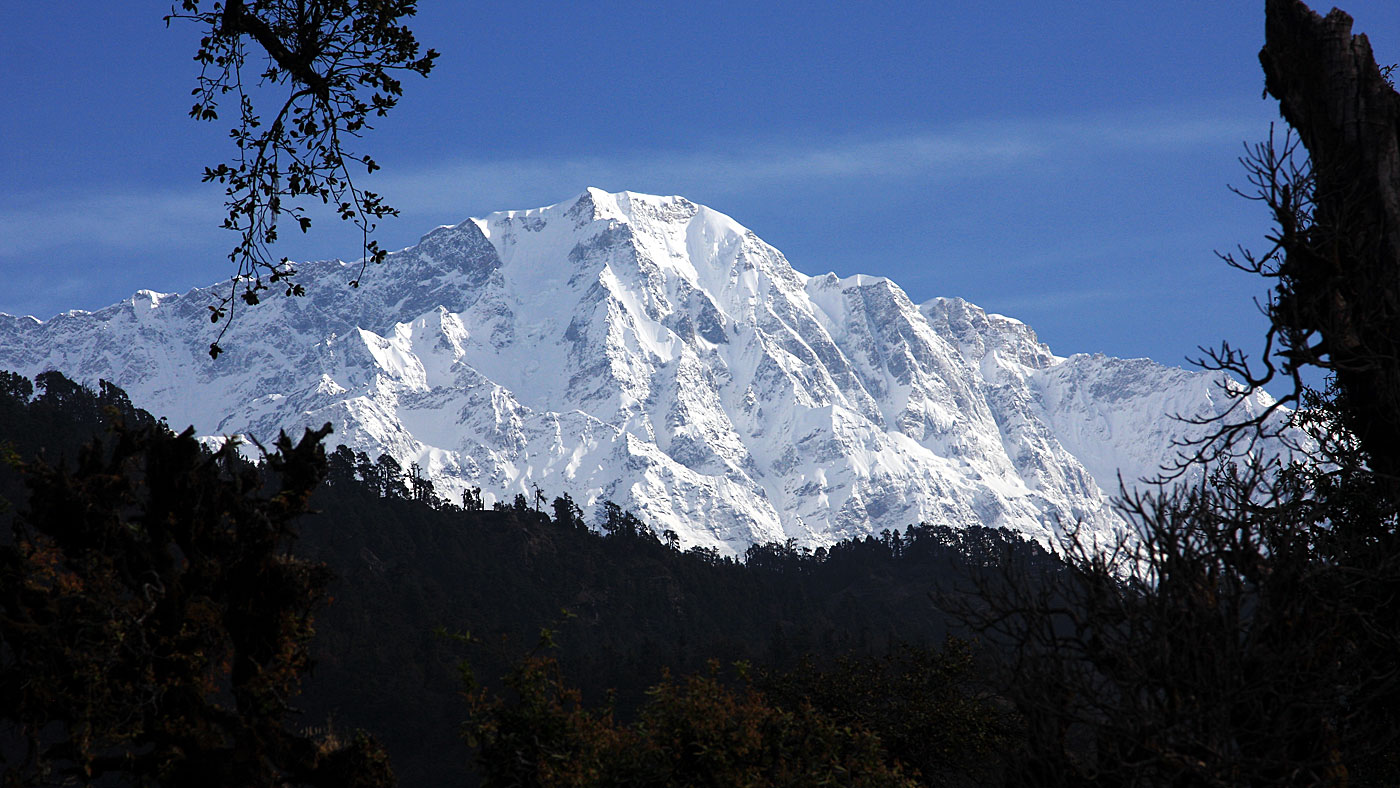
Planes may be quicker and cars more convenient, but sleeper trains maintain an enduring grip on the imagination. One of the most enchanting is the Ranikhet Express, which trundles from the ordered chaos of Old Delhi railway station to the clean, calm air of Kathgodam, in the foothills of the Himalayas.
I awake with a start when the lights go on at 5am, having been lulled into a deep sleep by the rocking of the carriages. A tiring few days in Delhi have taken their toll. From mosque to temple to fort to palace, I pounded my way along leafy colonial avenues and the teeming alleys of the old town, soaking up their sights, sounds, smells – and dust.
Now, at the end of the line leading east towards Nepal and China, I stumble blearily towards breakfast and a first cup of masala chai. This sweet tea, spiced with ginger, cinnamon and cardamom, would revive a weary traveller from the arms of death, never mind an overnight train and a spot of jet lag. After three cups, I am ready to face to the cool air drifting down from the mountains and contemplate the route for the next eight days.
The Week
Escape your echo chamber. Get the facts behind the news, plus analysis from multiple perspectives.

Sign up for The Week's Free Newsletters
From our morning news briefing to a weekly Good News Newsletter, get the best of The Week delivered directly to your inbox.
From our morning news briefing to a weekly Good News Newsletter, get the best of The Week delivered directly to your inbox.
Rohan, my guide, sets out the plan: after a three-hour drive, we will continue on foot to the first night's accommodation, a traditional farmer's cottage in the village of Deora (below). The tour operator, Shakti Himalaya, has a collection of village houses on the slopes of the mountains and the first half of the expedition will be spent roaming between them. Then we will head to 360 Leti, a spectacular luxury retreat in the shadow of the High Himalaya.
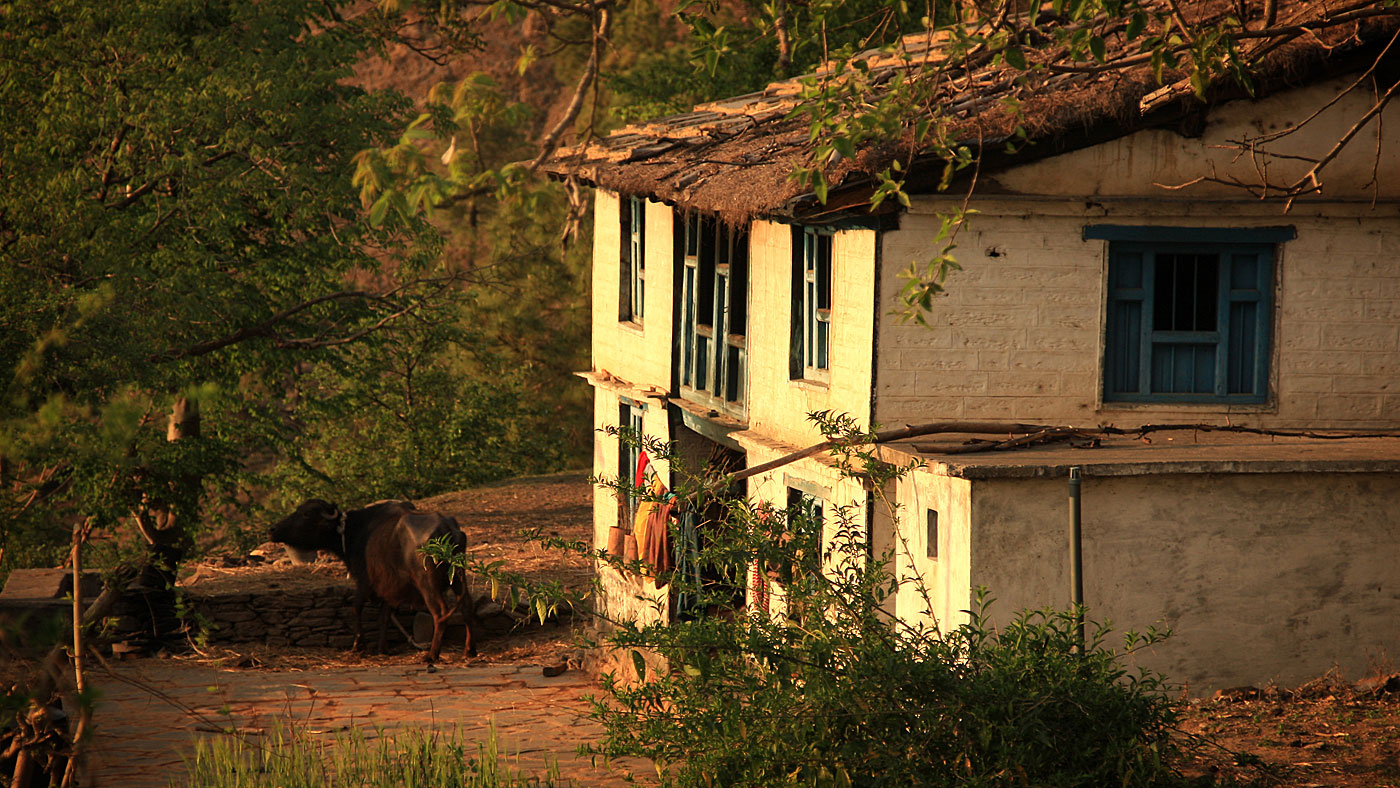
We start gently, with a 90-minute stroll through shady pine forests, as Rohan introduces me to the mountain way of life, pointing out the places where villagers have tapped the trees for sweet-smelling resin or lofted hay into comic-looking haystacks hanging from the branches.
We arrive in Deora in time for a long, lazy evening with a gin and tonic, and as the sun goes down, an air of deep calm settles around us. Not even a strong earth tremor that sets the trees shuddering on the hillside displaces the sense of serenity.
This corner of India has not always been so peaceful. Over the centuries, several armies have swept through the mountains, leaving behind a patchwork of myths and customs. As I take pictures of the dusk-lit valley, Rohan talks of ancient migrations from the Indian plains, conquering armies from the mountains of Nepal and, of course, the long British presence.
A free daily email with the biggest news stories of the day – and the best features from TheWeek.com
When darkness falls and a chill descends, the cook builds a fire. A little later, the scent of dinner wafts out from his kitchen, and soon the dishes began to appear for a lamp-lit feast under the stars. The food – chicken curry with lentil dal, chapatis and various curried vegetables – is simple but delicious.
Day two dawns cool and clear, and as the sun rises over our breakfast of fruit, cereal and eggs, the temperature climbs with it. I set out with a spring in my step.
For the first couple of hours we wind through terraced farms that cascade down the hillsides – a farming technique I had associated with the rice paddies of southeast Asia. Rice grows here too when the monsoons come, later in the year, but in April the wheat is ripening to a golden glow and the scent of coriander floats on the breeze. Women and children break from their weeding and watering, touching their fingertips together to greet us as we pass.
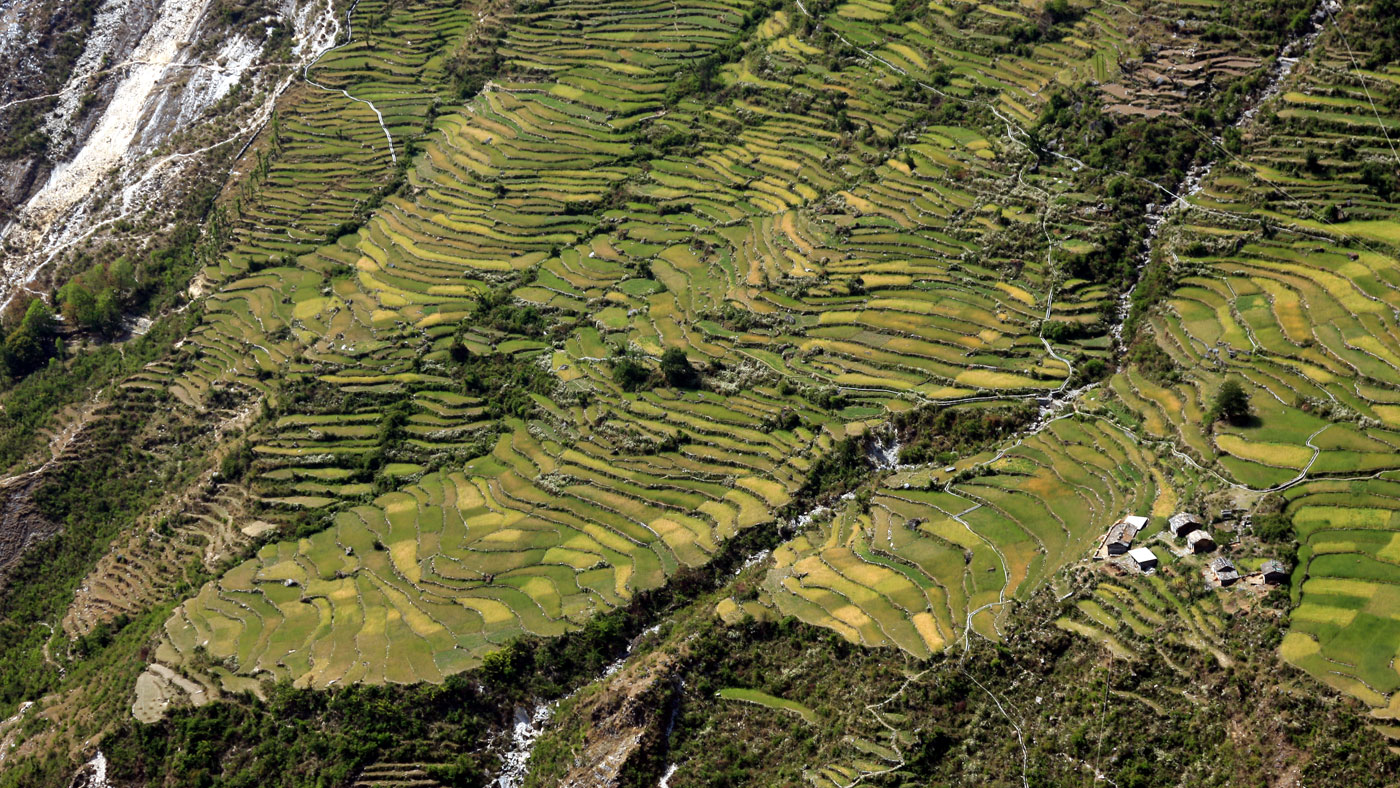
Soon we leave behind the farms and the landscape changes around us. Pine trees give way to Indian oaks, darker and more spindly than their European cousins, and among them lurk a few splashes of colour from deep red rhododendrons. The final steady climb towards lunch lifts us out of the valley and onto a ridge, where a picnic awaits.
Pressing on, we continue past great seams of rock exposed by landslides. Each monsoon brings fresh falls, as rain-sodden topsoil loses its grip on the steep slopes. The rock beneath carries scars of a deeper restlessness: the tectonic forces unleashed as India burrows its way under China.
Great bands of sediment that once lay flat on the seabed now rise diagonally across the rock face, where a sparkling band of silvery flakes is all that remains of a long-departed lake and the life it contained. The tremor we had felt the night before was merely the most recent realignment of these jostling continents.
After six hours, we pass through the 7,000ft mark and arrive at Jwalabanj, our lodging for the night. I can feel the effect of the altitude now, but happily I have to do nothing more strenuous than sit back and watch the lights flickering on in villages across the valley. Voices float up out of the darkness, mixing with the crackling of fires and the lowing of cattle – the sound of lives unfolding below.
The next morning we leave behind these rolling green foothills and head for 360 Leti, our driver picking his way around hairpin bends and weaving through the tiny Suzukis and overloaded trucks that jockey for position on the steep ascent.
As we wind our way deeper into the mountains, the traffic thins and tarmac gives way to gravel and then packed earth, until we can go no further by car. We walk the last couple of miles along a dry, dusty track and are rewarded with a picture-postcard vision of the Himalayas: dark, angular peaks capped with pure white snow.
We arrive at the exalted site of 360 Leti, a forested spur of land with valleys on three sides and towering mountains beyond. Set into the hillside are four glass and stone chalets, each luxuriously appointed with Burmese teak furniture, brass fittings and copper basins. Floor-to-ceiling glass is all that stands between me and some of the world's most breathtaking scenery.
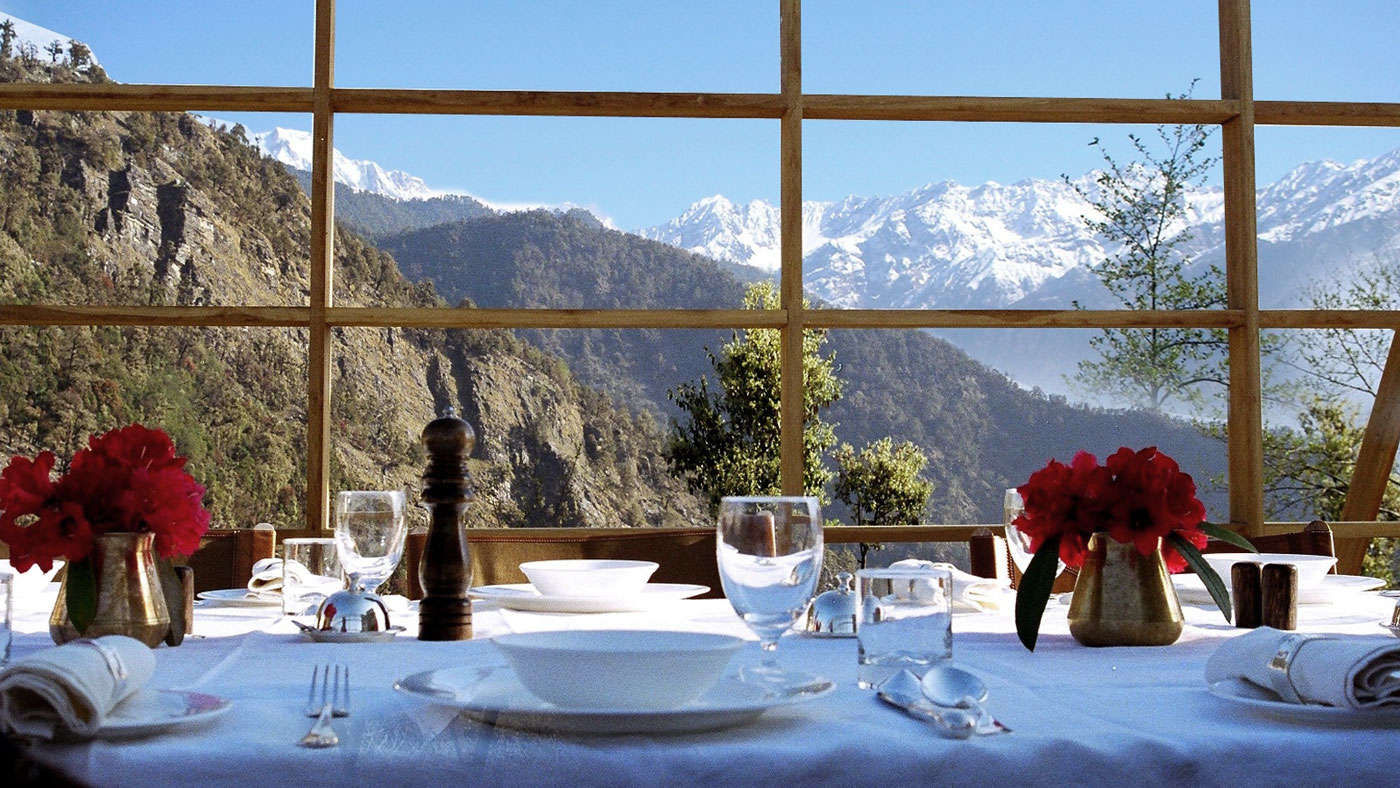
Breathtaking in both senses. Needing time to adjust to the thin air, I opt for a gentle walk to a nearby temple the next morning. On the way back, with low cloud hanging over us, Rohan expounds on the Hindu pantheon, ancient creation myths, depictions of aliens in Babylonian art and the sci-fi film 2012 – a train of thought that may have been influenced by a lack of oxygen.
In need of sustenance, I take up the offer of a cooking masterclass with Yeshi, the Tibetan head chef and a former monk. I watch as he whips up samosas with his well-practised fingers, then take my turn under the watchful eye of the Dalai Lama, whose portrait hangs in the corner of the kitchen. A couple of hours later, my efforts take their place at my candlelit table, alongside Yeshi's more expert creations.
Full of the complacency that follows a good meal, I commit myself to an early rise the next morning for an attempt on Leti's most challenging trail. We will need a clear day for the strenuous trek to the peak of Khadaa Dhunga, and as I leave the warmth of the dining room, a glittering sky confirms that the cloud has indeed lifted. There is no getting out of it now.
I wake before dawn and set out on the steep, rocky path, spurred on by the sight of fresh mountain snowfalls, brushed with gold by the rising sun. Soon Rohan and I are climbing through rhododendron forest, the flowers fading from scarlet to pale pink as we gain altitude. I fade too, more breathless with every step, my head throbbing.
Stepping above the tree line, the summit is finally in sight. So too are the simple houses of the shepherds who wander the mountains with their flocks as the snowline ebbs and flows. Some homes have been abandoned and ravaged by storms, but with the snow receding, they will soon be patched up and brought back into service for another summer.
Passing these outposts of an ancient way of life, and feeling rather ancient myself with my pounding heart and heaving lungs, I struggle up the final few steps to the summit. Relief gives way to triumph and then awe as the landscape unfolds before me.
Off to the right, Khadaa Dhunga plunges precipitously and then rises in a series of rolling hills and valleys, ridge after ridge, into the full splendour of the Himalayas, but directly in front of me is the twin-peaked summit of Nanda Devi. At 25,646 feet, it was once thought to be the highest in the world.
I sit down to eat with the mountains at my feet and reflect on the path behind me, leading back down to Leti and then on to the lodgings in the foothills, the sleepy railway station at Kathgodam and across the dry plains to Delhi. With my back to the city, I breathe in the crisp mountain air and tuck in to breakfast on top of the world.
Scott Dunn offers luxury tailor-made trips to India and the Himalayas from £4,250 per person. This price is based on a 12-night itinerary, including three nights at 360 Leti, international and domestic flights, all accommodation, guiding and private transfers. For more information visit scottdunn.com or call 020 8682 5075.
Holden Frith is The Week’s digital director. He also makes regular appearances on “The Week Unwrapped”, speaking about subjects as diverse as vaccine development and bionic bomb-sniffing locusts. He joined The Week in 2013, spending five years editing the magazine’s website. Before that, he was deputy digital editor at The Sunday Times. He has also been TheTimes.co.uk’s technology editor and the launch editor of Wired magazine’s UK website. Holden has worked in journalism for nearly two decades, having started his professional career while completing an English literature degree at Cambridge University. He followed that with a master’s degree in journalism from Northwestern University in Chicago. A keen photographer, he also writes travel features whenever he gets the chance.
-
 Why is Trump’s alleged strike on Venezuela shrouded in so much secrecy?
Why is Trump’s alleged strike on Venezuela shrouded in so much secrecy?TODAY'S BIG QUESTION Trump’s comments have raised more questions than answers about what his administration is doing in the Southern Hemisphere
-
 Vance’s ‘next move will reveal whether the conservative movement can move past Trump’
Vance’s ‘next move will reveal whether the conservative movement can move past Trump’Instant Opinion Opinion, comment and editorials of the day
-
 Why recognizing Somaliland is so risky for Israel
Why recognizing Somaliland is so risky for IsraelTHE EXPLAINER By wading into one of North Africa’s most fraught political schisms, the Netanyahu government risks further international isolation
-
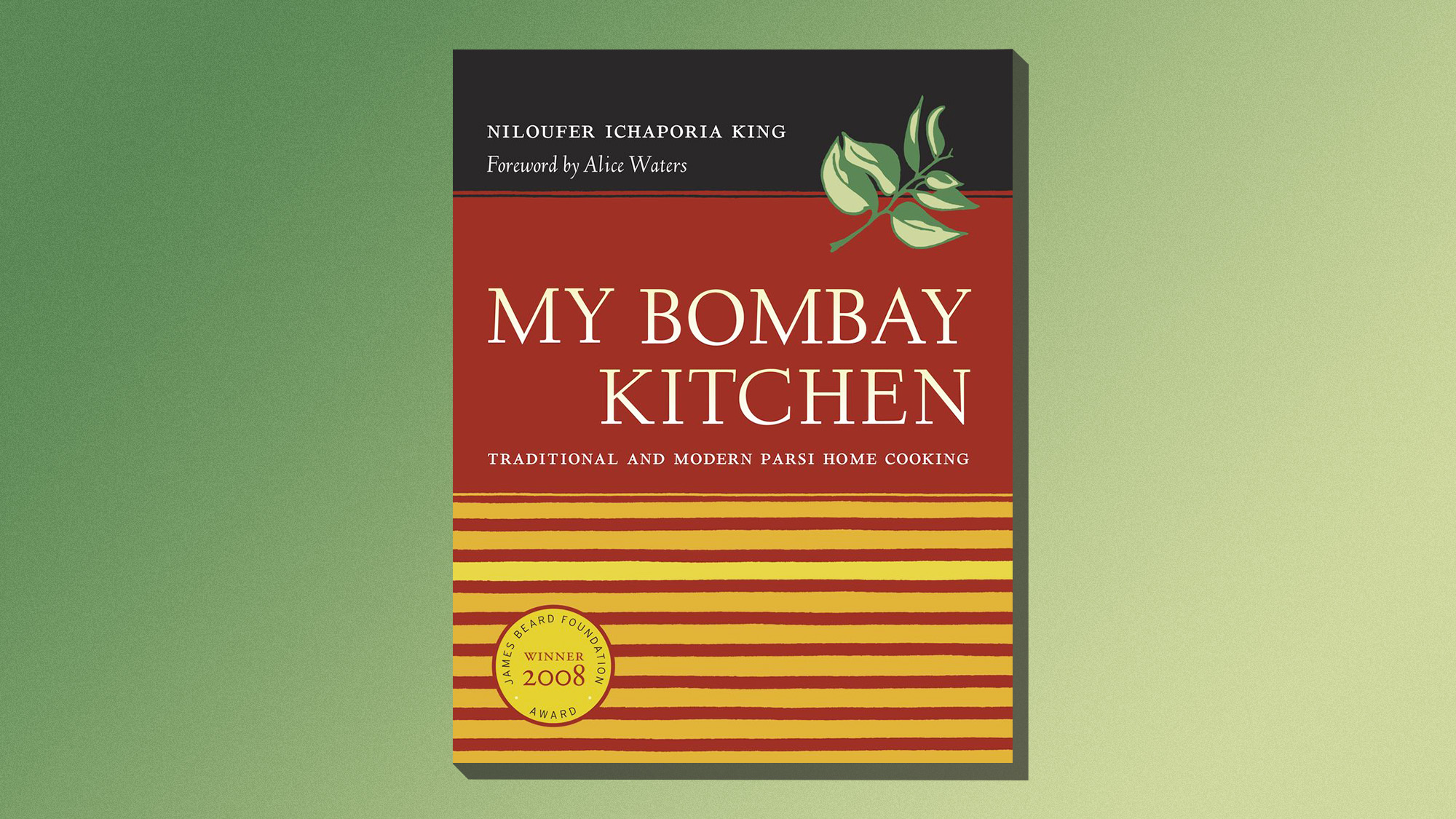 One great cookbook: Niloufer Ichaporia King’s ‘My Bombay Kitchen’
One great cookbook: Niloufer Ichaporia King’s ‘My Bombay Kitchen’The Week Recommends A personal, scholarly wander through a singular cuisine
-
 How digital ID cards work around the world
How digital ID cards work around the worldThe Explainer Many countries use electronic ID to streamline access to services despite concern by civil rights groups they ‘shift the balance of power towards the state’
-
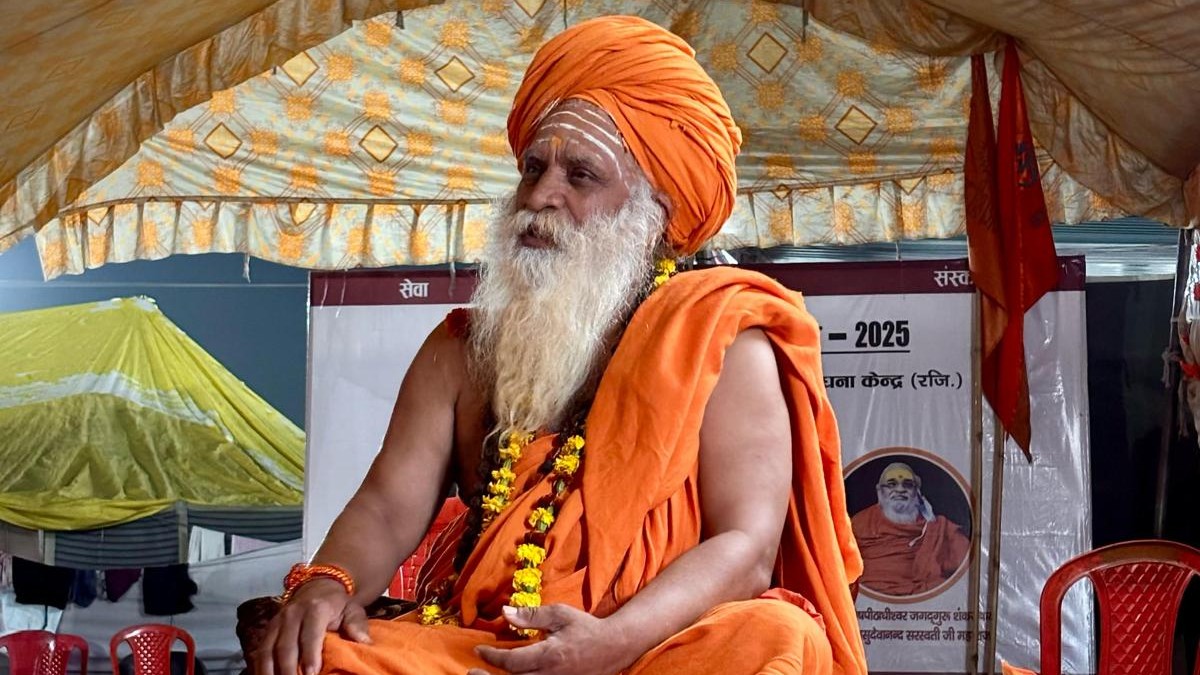 Uttar Pradesh: from a once-in-a-generation festival to tiger tracking in an ancient forest
Uttar Pradesh: from a once-in-a-generation festival to tiger tracking in an ancient forestThe Week Recommends Soak up the state's rich culture on one of Explorations Company's specially curated tours
-
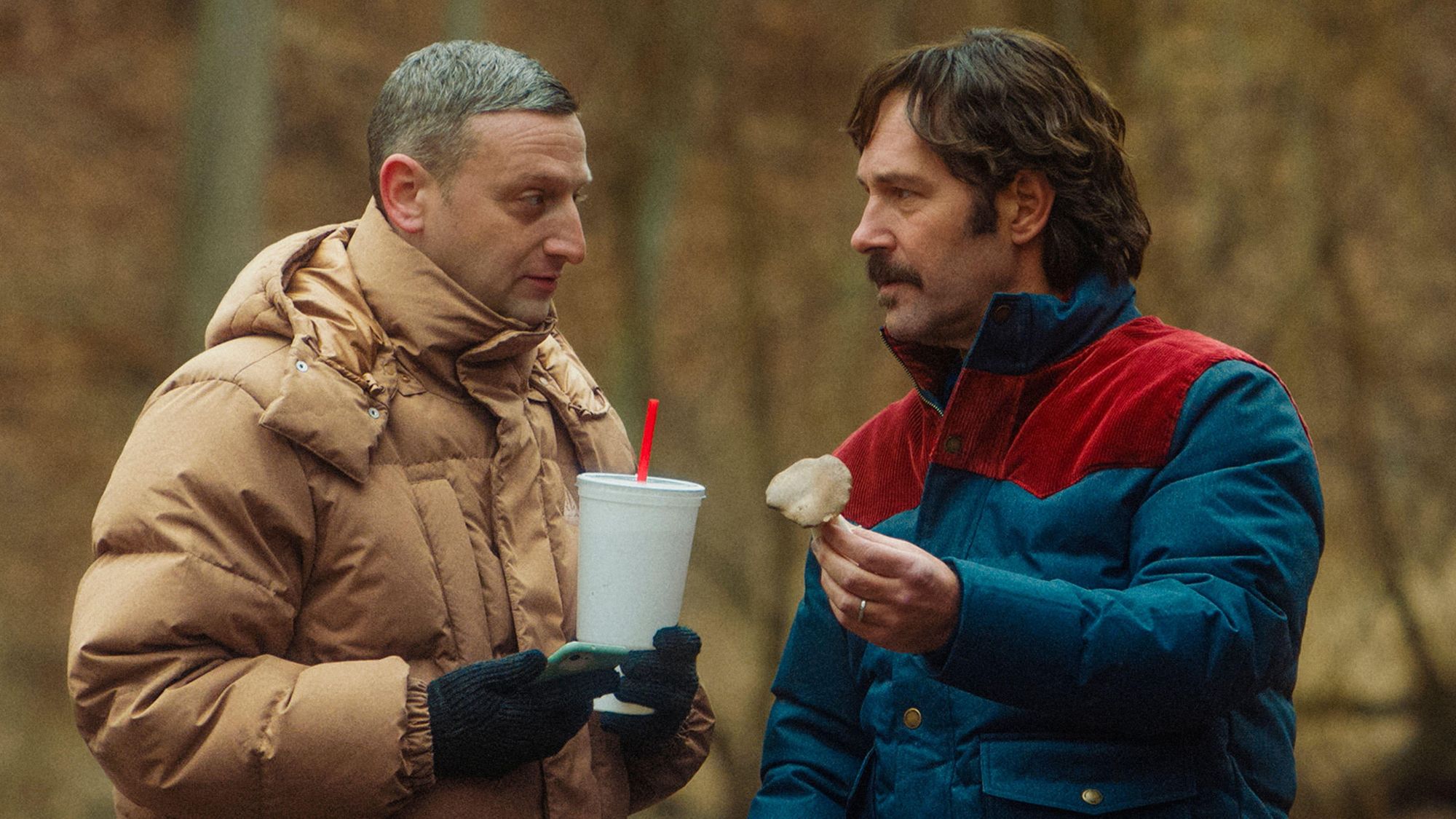 Friendship: 'bromance' comedy starring Paul Rudd and Tim Robinson
Friendship: 'bromance' comedy starring Paul Rudd and Tim RobinsonThe Week Recommends 'Lampooning and embracing' middle-aged male loneliness, this film is 'enjoyable and funny'
-
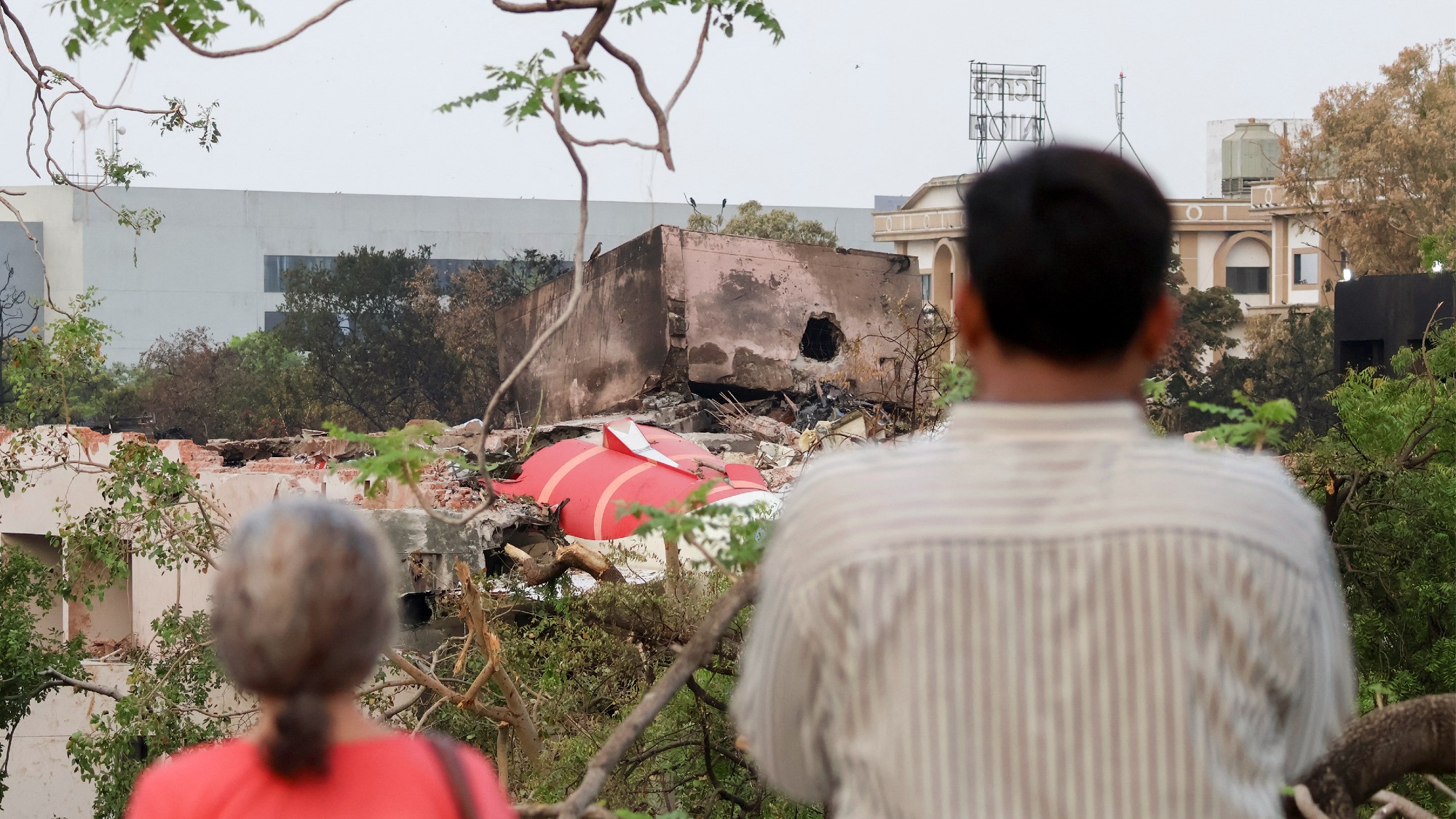 What happened to Air India Flight 171?
What happened to Air India Flight 171?Today's Big Question Preliminary report reveals 'fundamental reason' why jet crashed, but questions remain about whether it was 'deliberate, accidental or if a technical fault was responsible'
-
 Anshu Ahuja's golden coconut and butter bean curry recipe
Anshu Ahuja's golden coconut and butter bean curry recipeThe Week Recommends Plump, creamy beans in a sweet, spicy sauce
-
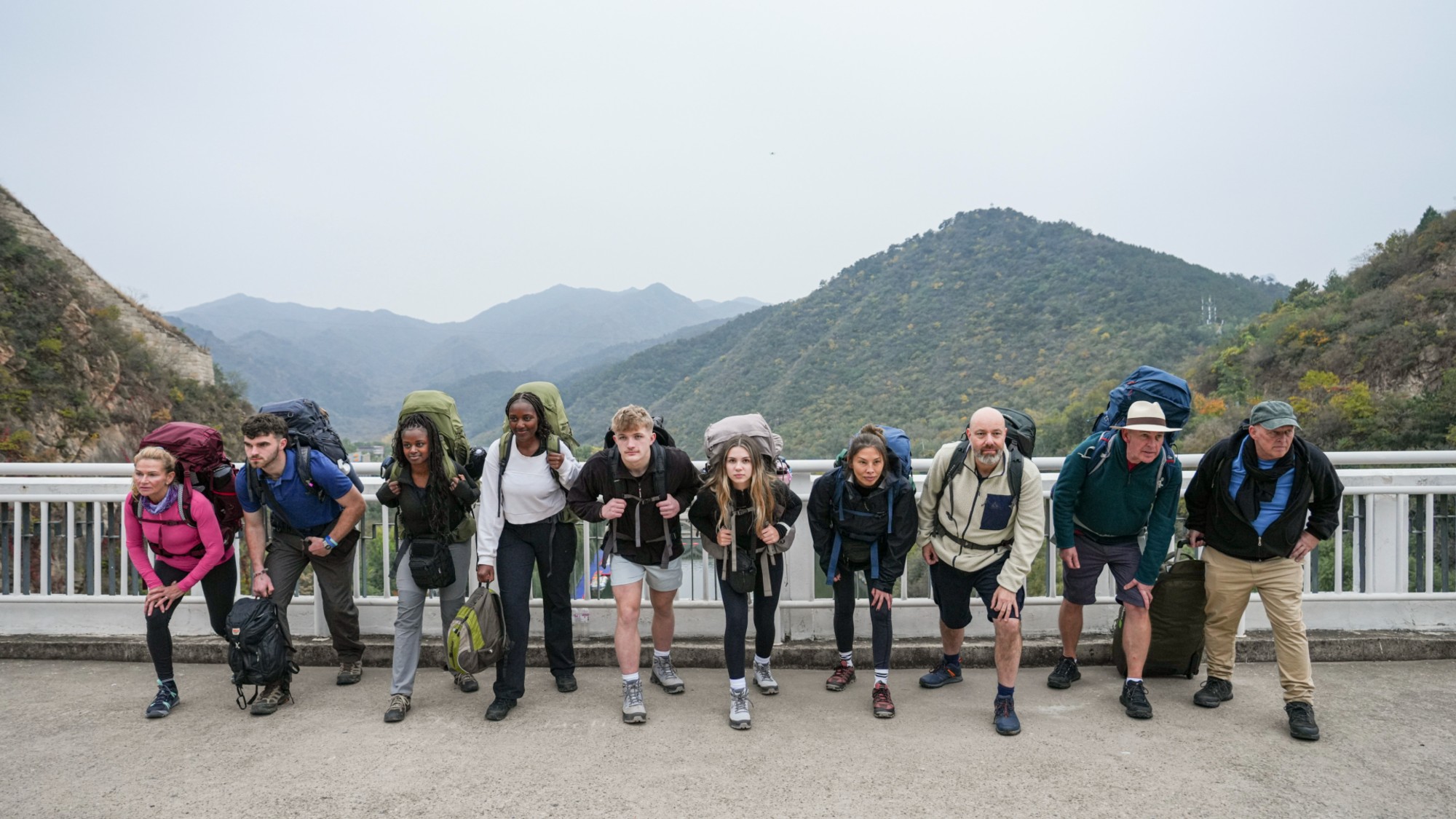 How to go on your own Race Across the World
How to go on your own Race Across the WorldThe Week Recommends The BBC hit show is inspiring fans to choose low-budget adventures
-
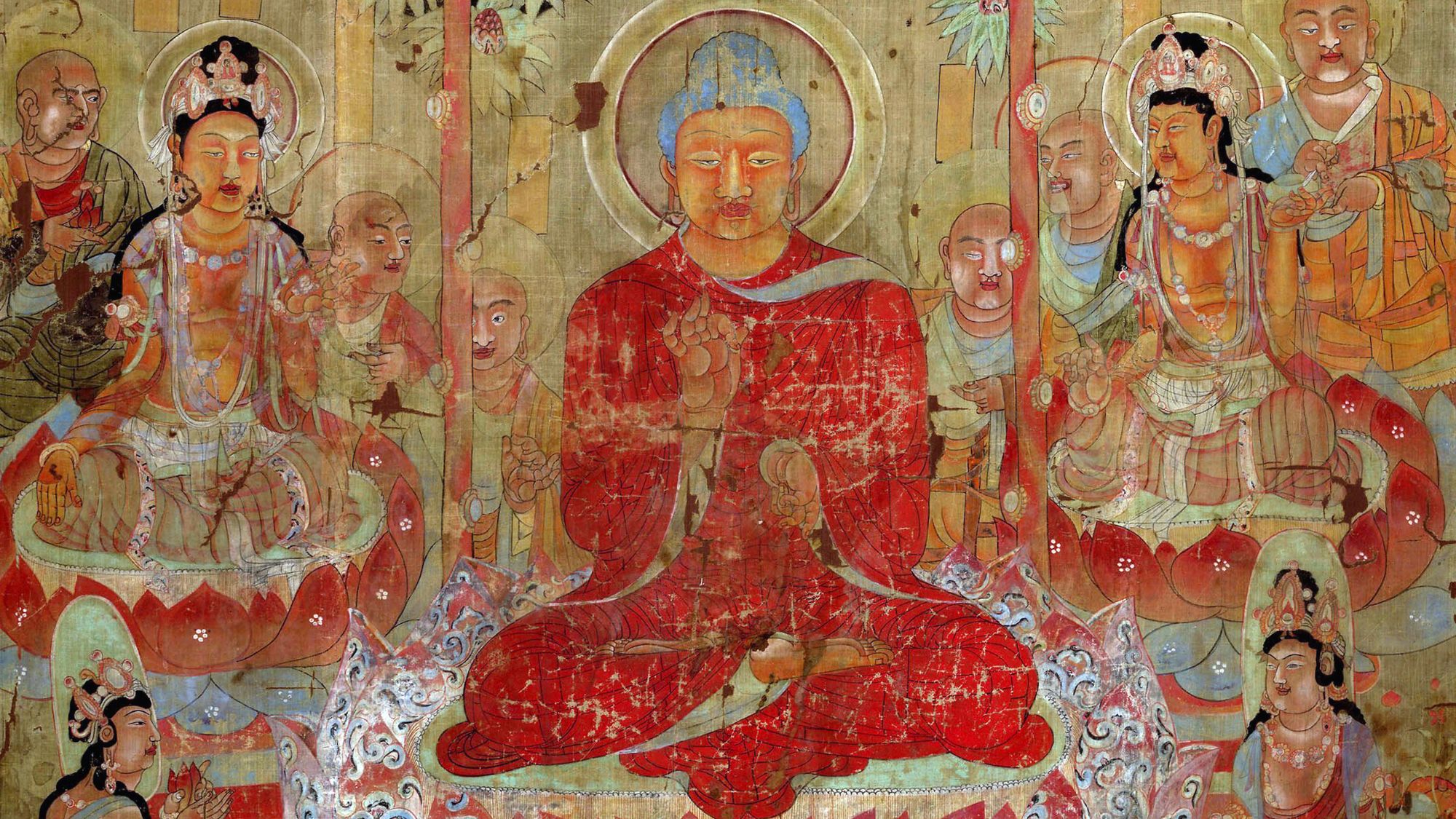 Ancient India: living traditions – 'ethereal and sensual' exhibition
Ancient India: living traditions – 'ethereal and sensual' exhibitionThe Week Recommends Hinduism, Jainism and Buddhism are explored in show that remains 'remarkably compact'